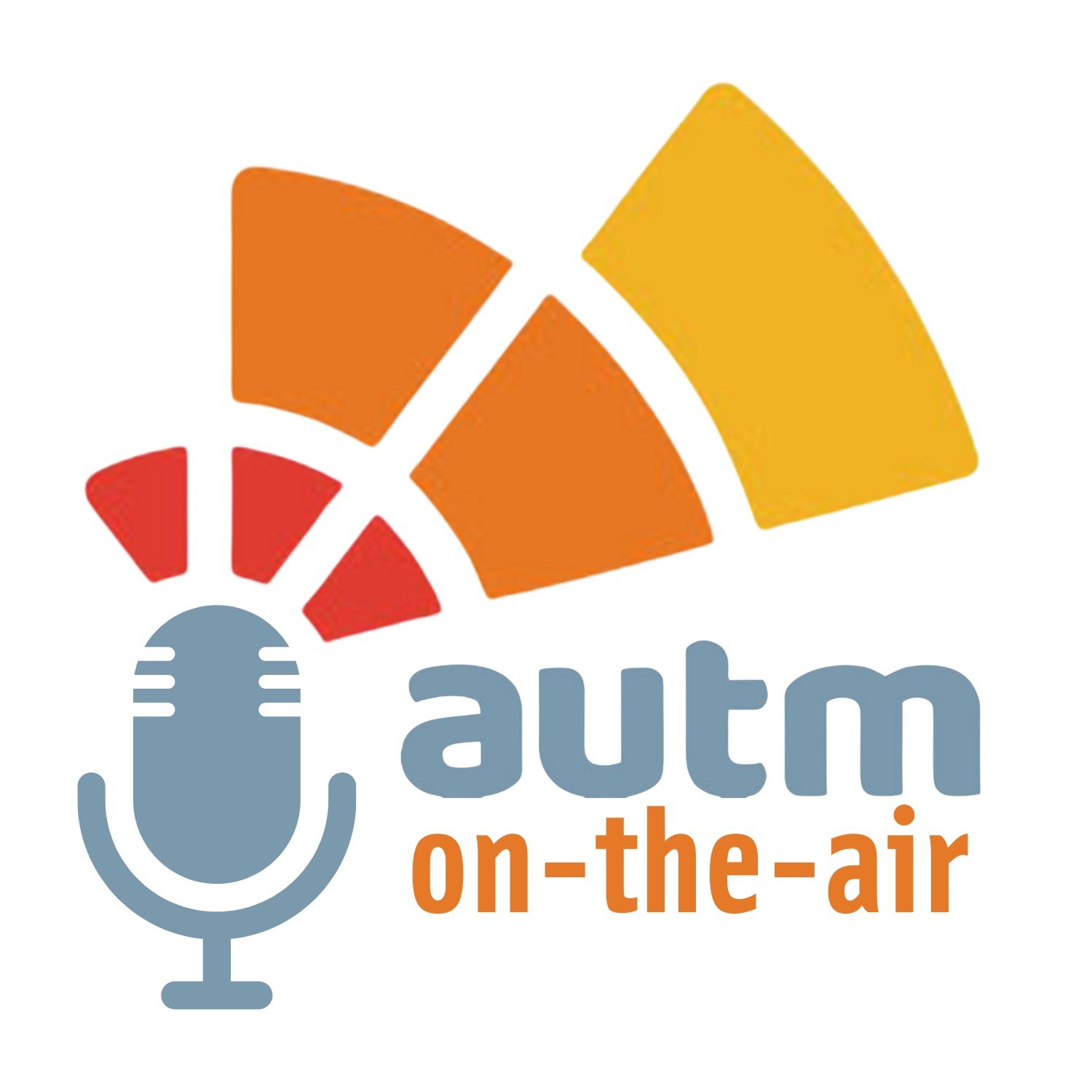Customer Discovery in Tech Transfer: Ensuring Innovations Meet Industry Demands with Kate Havey
Description
Getting groundbreaking technology from the lab to the market is no easy task, and it’s a challenge that every Tech Transfer professional understands well. While university Tech Transfer offices are often measured by the number of licenses executed, success isn't just about numbers; it's about ensuring the technologies developed truly meet market needs.
Kate Havey, the Assistant Director of Licensing at Venture Partners at CU Boulder, Is here to help us explore this topic. She brings a wealth of experience in research, teaching, and intellectual property management. She’s worked on everything from biomedical innovations to electric vehicle batteries. In our conversation, we dive into how early engagement with industry can help steer research in the right direction. Kate shares her insights on customer discovery, and starting these conversations before or at the proposal stage can make all the difference in ensuring that the technologies we create solve real-world problems.
We also explore the reality that while some innovations may seem groundbreaking, industry often needs practical, financially viable solutions. Kate discusses CU Boulder’s approach to fostering relationships with researchers through programs that refine technologies, debunking misconceptions about what industry really needs, and highlighting the importance of building strong ecosystems to support market-ready technologies. This conversation underscores the need to align both people and processes to make tech transfer truly effective.
In This Episode:
[01:58 ] We kick off with the biggest challenge aligning university innovation with market needs. It revolves about embracing the concept of customer discovery early in the process.
[02:28 ] Having customer discovery questions early in the process is key.
[03:39 ] Early means having conversations before or at the proposal stage.
[04:02 ] The importance of looking at what you're trying to achieve when increasing invention disclosures. Encouraging disclosure increases inventor engagement.
[05:05 ] Technology has to be ready for the market if it's going to be adopted.
[06:11 ] Kate shares an example of something that was too early for market. Their entry level program is called Starting Blocks, and it dives into customer discovery. Going out and finding the pain points. This process ensures an innovation that companies actually need.
[07:21 ] A technology developed by Dr. Rich Noble that developed ionic liquids for gas separation. They were able to switch focus. Early customer discovery helps develop a better product.
[11:28 ] The importance of patience and perseverance.
[12:27 ] The program helps ask the right discovery questions and teaches a framework for presenting ideas.
[13:31 ] There's a pipeline of programs which leads to deeper dives into customer discovery.
[15:26 ] Kate started the Translational Research Summit Series at CU which brings together PIs, companies, entrepreneurs, investors, and policy makers.
[16:47 ] Common misconceptions about what industry wants include the idea of just building it and there will be a market.
[17:40 ] Industry's view involves the idea of making money.
[18:24 ] Tech Transfer people need to find a way to have conversations about aspiration versus pragmatism.
[19:36 ] Kate shares advice for prioritizing market goals.
[21:46 ] The role the local innovation ecosystem plays in cultivating market ready technologies.
[24:21 ] Kate shares how CU Boulder fosters an environment that bridges the gap between research and commercialization.
[27:08 ] Kate pulls out her crystal ball and looks ahead and tells us what she's most excited about in the future. Large and small industries are becoming more excited about taking a role in university research.
[29:22 ] Being available for each step of the process is an emerging Tech Transfer role.
[30:05 ] The importance of aligning technologies for industry needs and aligning people and relationships with the broad process of Tech Transfer.
Resources:





